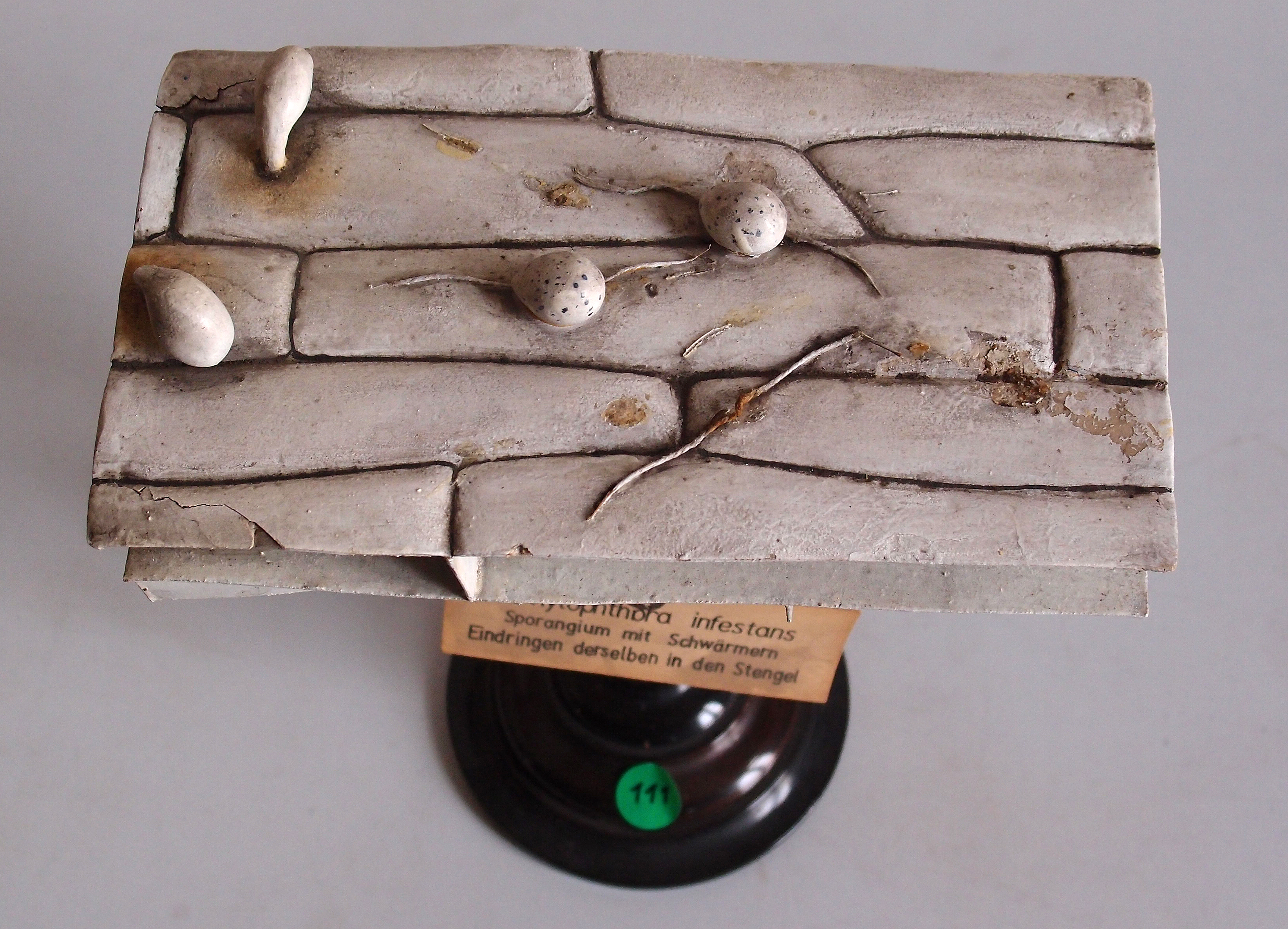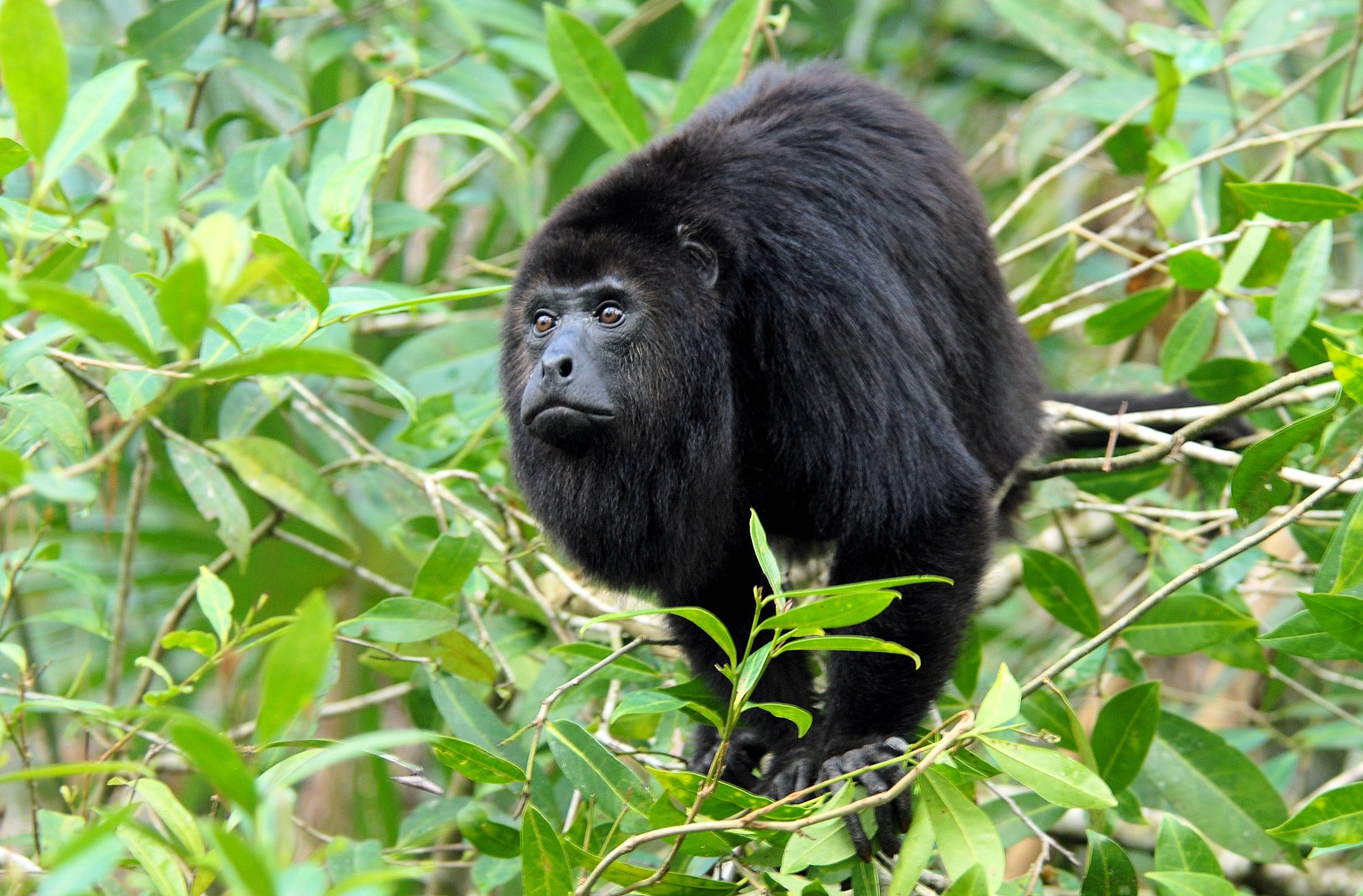|
Solanum Demissum
''Solanum demissum'' is a species of wild potato in the family Solanaceae, native to Mexico and Guatemala. It has been extensively used as a source of alleles for resistance to ''Phytophthora infestans'', the cause of late potato blight, to improve the domestic potato ''Solanum tuberosum''. References Solanum, demissum Flora of Mexico Flora of Guatemala Plants described in 1848 {{potato-stub ... [...More Info...] [...Related Items...] OR: [Wikipedia] [Google] [Baidu] |
John Lindley
John Lindley FRS (5 February 1799 – 1 November 1865) was an English botanist, gardener and orchidologist. Early years Born in Catton, near Norwich, England, John Lindley was one of four children of George and Mary Lindley. George Lindley was a nurseryman and pomologist and ran a commercial nursery garden. Although he had great horticultural knowledge, the undertaking was not profitable and George lived in a state of indebtedness. As a boy he would assist in the garden and also collected wild flowers he found growing in the Norfolk countryside. Lindley was educated at Norwich School. He would have liked to go to university or to buy a commission in the army but the family could not afford either. He became Belgian agent for a London seed merchant in 1815. At this time Lindley became acquainted with the botanist William Jackson Hooker who allowed him to use his botanical library and who introduced him to Sir Joseph Banks who offered him employment as an assistant in his herba ... [...More Info...] [...Related Items...] OR: [Wikipedia] [Google] [Baidu] |
Wild Potato .
{{Plant common name ...
Wild potato may refer to: * Several species belonging to the genus ''Solanum'' section '' Petota'', such as ''Solanum jamesii'', ''Solanum berthaultii'', etc. * '' Thladiantha dubia'' (not related to potato) * '' Hedysarum alpinum'', a species of flowering plant in the legume family called wild potato by the Iñupiat The Iñupiat (or Inupiat, Iñupiaq or Inupiaq;) are a group of Alaska Natives, whose traditional territory roughly spans northeast from Norton Sound on the Bering Sea to the northernmost part of the Canada–United States border. Their current ... [...More Info...] [...Related Items...] OR: [Wikipedia] [Google] [Baidu] |
Solanaceae
The Solanaceae , or nightshades, are a family of flowering plants that ranges from annual and perennial herbs to vines, lianas, epiphytes, shrubs, and trees, and includes a number of agricultural crops, medicinal plants, spices, weeds, and ornamentals. Many members of the family contain potent alkaloids, and some are highly toxic, but many—including tomatoes, potatoes, eggplant, bell and chili peppers—are used as food. The family belongs to the order Solanales, in the asterid group and class Magnoliopsida ( dicotyledons). The Solanaceae consists of about 98 genera and some 2,700 species, with a great diversity of habitats, morphology and ecology. The name Solanaceae derives from the genus ''Solanum''. The etymology of the Latin word is unclear. The name may come from a perceived resemblance of certain solanaceous flowers to the sun and its rays. At least one species of ''Solanum'' is known as the "sunberry". Alternatively, the name could originate from the Latin verb ''sol ... [...More Info...] [...Related Items...] OR: [Wikipedia] [Google] [Baidu] |
Phytophthora Infestans
''Phytophthora infestans'' is an oomycete or water mold, a fungus-like microorganism that causes the serious potato and tomato disease known as late blight or potato blight. Early blight, caused by ''Alternaria solani'', is also often called "potato blight". Late blight was a major culprit in the 1840s European, the 1845–1852 Irish, and the 1846 Highland potato famines. The organism can also infect some other members of the Solanaceae. The pathogen is favored by moist, cool environments: sporulation is optimal at in water-saturated or nearly saturated environments, and zoospore production is favored at temperatures below . Lesion growth rates are typically optimal at a slightly warmer temperature range of . Etymology The genus name ''Phytophthora'' comes from the Greek –(), meaning : "plant" – plus the Greek (), meaning : "decay, ruin, perish". The species name ''infestans'' is the present participle of the Latin verb , meaning : "attacking, destroying", from which we ... [...More Info...] [...Related Items...] OR: [Wikipedia] [Google] [Baidu] |
Solanum Tuberosum
The potato is a starch#Food, starchy food, a tuber of the plant ''Solanum tuberosum'' and is a root vegetable native to the Americas. The plant is a perennial plant, perennial in the nightshade family Solanaceae. Wild potato species can be found from the southern United States to southern Chile. The potato was originally believed to have been domesticated by Indigenous peoples of the Americas, Native Americans independently in multiple locations,University of Wisconsin-Madison, ''Finding rewrites the evolutionary history of the origin of potatoes'' (2005/ref> but later genetic studies traced a single origin, in the area of present-day southern Peru and extreme northwestern Bolivia. Potatoes were Domestication, domesticated there approximately 7,000–10,000 years ago, from a species in the ''Solanum brevicaule'' complex. Lay summary: In the Andes region of South America, where the species is Indigenous species, indigenous, some close relatives of the potato are cultivated. P ... [...More Info...] [...Related Items...] OR: [Wikipedia] [Google] [Baidu] |
Solanum
''Solanum'' is a large and diverse genus of flowering plants, which include three food crops of high economic importance: the potato, the tomato and the eggplant (aubergine, brinjal). It is the largest genus in the nightshade family Solanaceae, comprising around 1,500 species. It also contains the so-called horse nettles (unrelated to the genus of true nettles, ''Urtica''), as well as numerous plants cultivated for their ornamental flowers and fruit. ''Solanum'' species show a wide range of growth habits, such as annuals and perennials, vines, subshrubs, shrubs, and small trees. Many formerly independent genera like '' Lycopersicon'' (the tomatoes) and ''Cyphomandra'' are now included in ''Solanum'' as subgenera or sections. Thus, the genus today contains roughly 1,500–2,000 species. Name The generic name was first used by Pliny the Elder (AD 23–79) for a plant also known as , most likely ''S. nigrum''. Its derivation is uncertain, possibly stemming from the Latin word ... [...More Info...] [...Related Items...] OR: [Wikipedia] [Google] [Baidu] |
Flora Of Mexico
Mexico (Spanish: México), officially the United Mexican States, is a country in the southern portion of North America. It is bordered to the north by the United States; to the south and west by the Pacific Ocean; to the southeast by Guatemala, Belize, and the Caribbean Sea; and to the east by the Gulf of Mexico. Mexico covers ,Mexico ''''. . making it the world's 13th-largest country by are ... [...More Info...] [...Related Items...] OR: [Wikipedia] [Google] [Baidu] |
Flora Of Guatemala
According to Parkswatch and the IUCN, Guatemala is considered the fifth biodiversity hotspot in the world. The country has 14 ecoregions ranging from mangrove forest (4 species), in both ocean littorals, dry forests and scrublands in the eastern highlands, subtropical and tropical rain forests, wetlands, cloud forests in the Verapaz region, mixed forests and pine forests in the highlands. Over one third of Guatemala (36.3% or about 39,380 km²) is forested (2005). About half of the forests (49.7% or roughly 19,570 km²) is classified as primary forest which is considered the most biodiverse forest type. Tree species include 17 conifers (pines, cypress, including the endemic '' Abies guatemalensis''), the most in any tropical region of the world. Guatemala has 7 wetlands of international importance that were included in the Ramsar List. Guatemala has some 1246 known species of amphibians, birds, mammals and reptiles according to figures from the World Conservation M ... [...More Info...] [...Related Items...] OR: [Wikipedia] [Google] [Baidu] |
.png)




